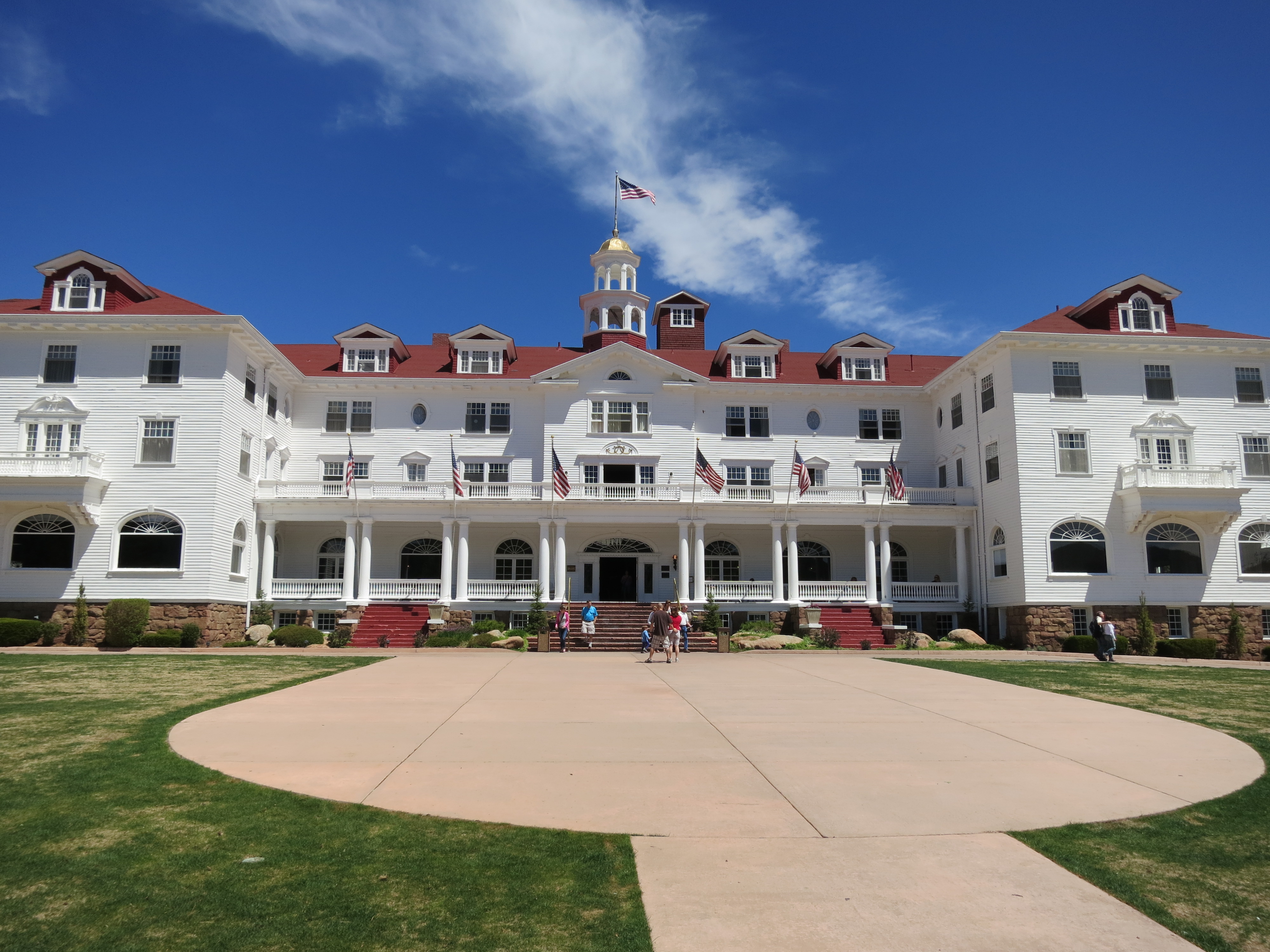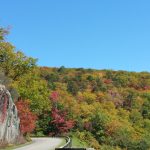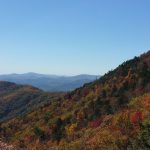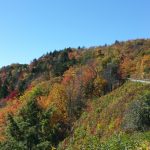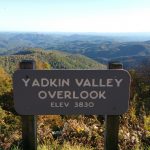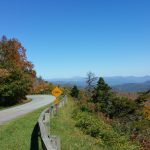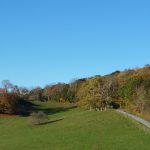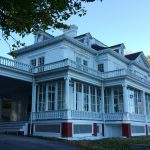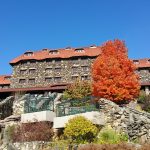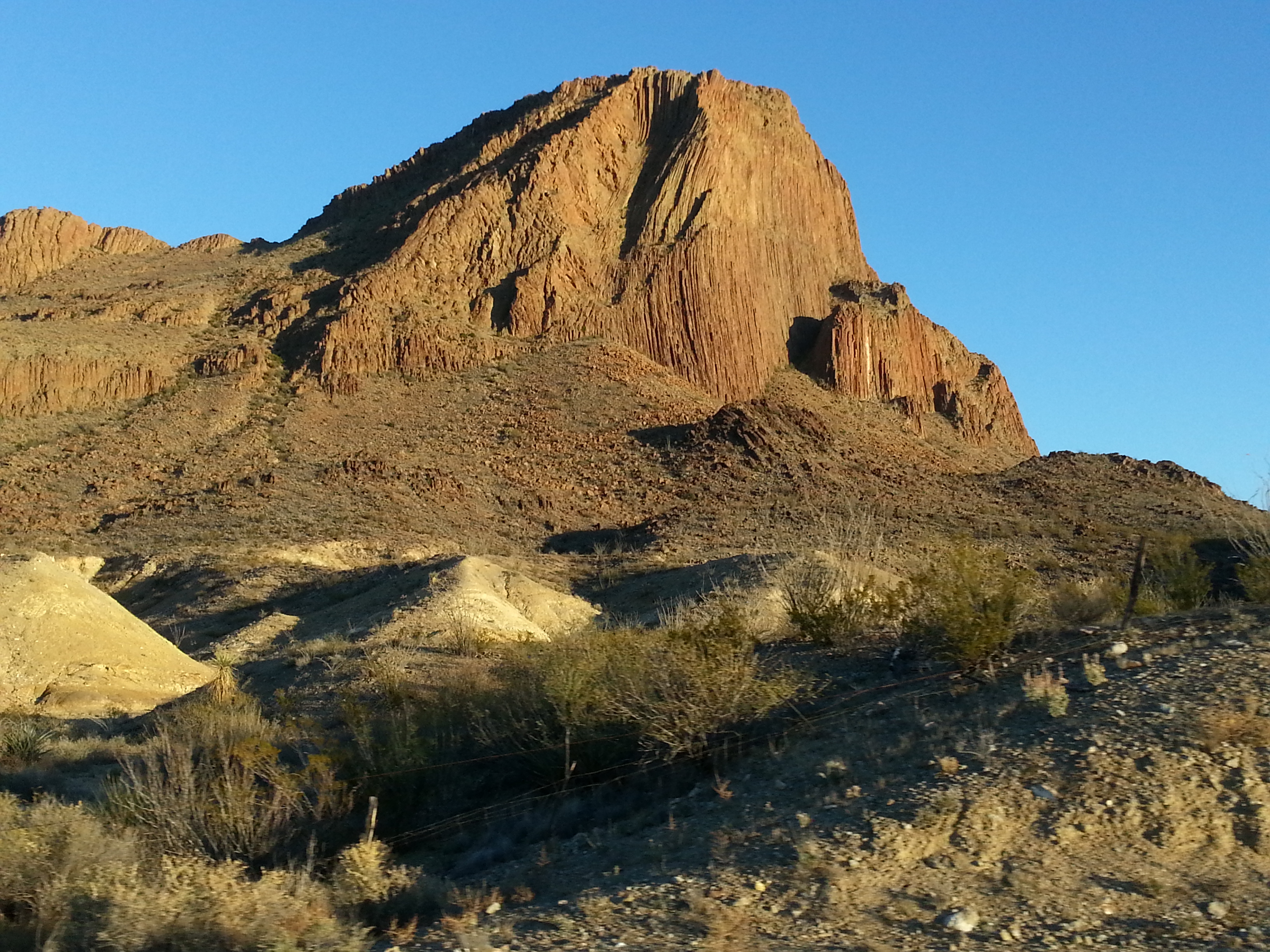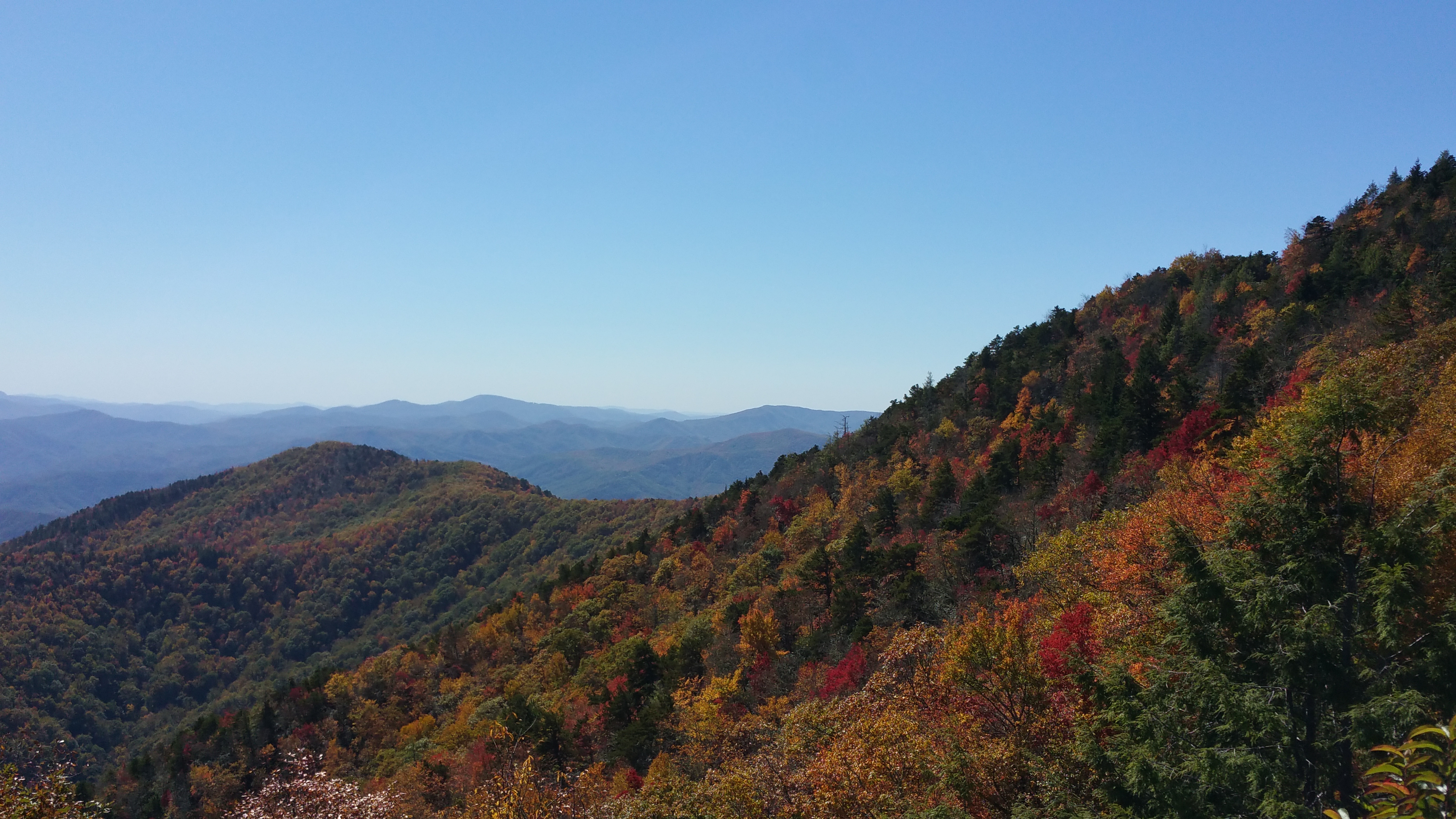
Blue Ridge Parkway- VA & NC
Every region has its season, and the East owns fall. It is far too humid in the summer, and for the most part far too cold in the winter. Spring is alright, but all that rain makes it unpredictable. But in early fall, a time of apples, crisp weather and changing leaves, the East shines. And while there are many places up and down the coast you can peep the leaves, for those who love the open road, nothing compares to the Blue Ridge Parkway and its sweeping mountain vistas.
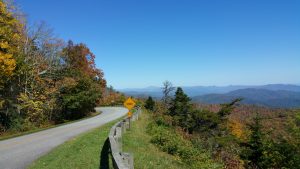
The Blue Ridge Parkway was a product of the depression and FDR’s New Deal program, but can ultimately trace its roots back to the creation of Shenandoah National Park in 1935. The idea for a National Park in the Blue Ridge Mountains had been around since 1924, and included plans for a “sky-line drive” running along the mountain ridge, providing views of the Shenandoah Valley to the west, and the Piedmont to the east. The park was authorized by Congress in 1926, with groundbreaking for the new road occurring in 1931.
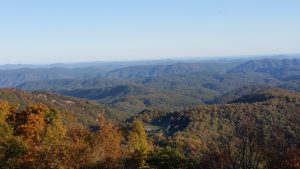
While the road was started during the Hoover administration, the park would not be dedicated until after Roosevelt took office. On March 4, 1933, President Roosevelt was inaugurated as the 32nd president of the United States. Immediately he began working on New Deal legislation, which included the creation of the Civilian Conservation Corps, a public work relief program for unemployed young men.
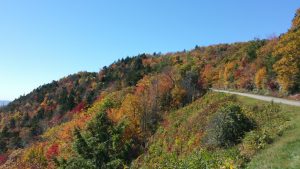
Almost immediately a CCC camp opened in Shenandoah National Park, where they not only built structures for the new park, but continued construction of Skyline Drive. President Roosevelt was so impressed following a visit to the camp, he authorized construction of a similar road connecting Shenandoah National Park to the newly chartered Great Smokey Mountains National Park. A grand scenic motor road, that itself would be a park.
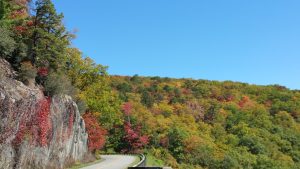
The project was originally called the Appalachian Scenic Highway, as it was to follow the crest of the Appalachian Mountains through Virginia and North Carolina. Construction started in North Carolina on September 11, 1935, with construction staring in Virginia the following February. On June 30, 1936, the project was formally authorized by Congress as the Blue Ridge Parkway, and placed under the jurisdiction of the National Park Service.
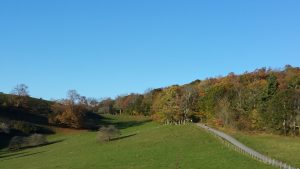
Work continued on the road for decades, with conscientious objectors replacing CCC crews during World War II. All told, the road took over 52 years to complete, with the final stretch not opening until 1987. Although the project provided countless jobs, construction was not without controversy. Many long time area residents were displaced, and severe restrictions were placed on land and road use, including a ban on commercial vehicles.
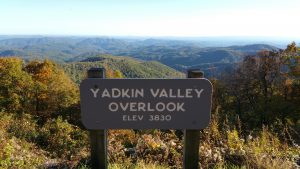
The road today is America’s longest linear park, spanning 469 miles through Virginia and North Carolina. 469 beautiful miles of fall foliage waiting to be explored. There are several entrances onto the parkway, so it is possible to plan your trip according to vantages and neighboring towns that speak to you, and skip those that don’t. In addition to a myriad of scenic overlooks, there are several historic areas of interest along the parkway. Among these is the Moses H. Cone Mansion, that now houses the Parkway Craft Center, located at Milepost 294 in Blowing Rock, North Carolina.
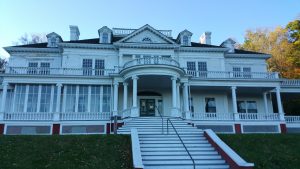
Completed in 1901, the Victorian Neo-Colonial mansion was home to Moses H. Cone, an American textile entrepreneur and conservationist. He became a very wealthy man by offering finished clothing in an era where textiles were usually sold as unfinished cloth. He was also the leading manufacturer of denim in his day, and was a major supplier to Levi Strauss for nearly a century.
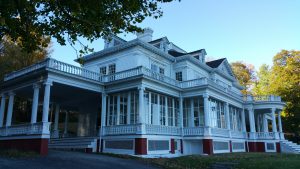
Mr. Cone had no heirs, so upon his death, the majority of his estate was donated, including his lovely home and property. This is a great stop, so jump off the parkway, tour the house, and stretch your legs with a walk around Bass Lake. There is also a nice historic hotel located in Blowing Rock, and the town itself is worth a visit. This is a perfect stopping point for those continuing down to Asheville on the Parkway.
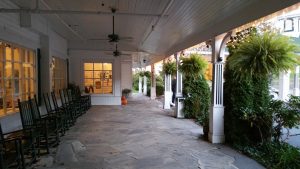
Not far from Blowing Rock is the Linn Cove Viaduct, the final portion of the Parkway to be completed in 1987. It is an engineering marvel, and is absolutely stunning in the fall. This segment of the Parkway proved problematic, as a traditional cut-and-fill road would have caused significant environmental damage to Grandfather Mountain. The solution was a 1243 foot bridge, consisting of 153 precast segments supported by seven footings, which snakes around the slope of the mountain. It has received 11 design awards, and is one of the most visited sites on the Parkway.
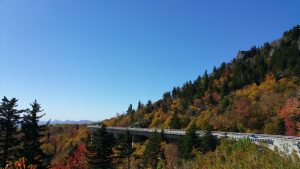
Since you have come all this way, surely you will drive a bit further to Asheville. It is a beautiful stretch of the Parkway, and Asheville has no shortage of diversions. In addition to being a college town with great shops and restaurants, Asheville is also home to The Grove Park Inn, which has been impressing guests since 1913. Grand in nature, it is a required stop for any aficionado of historic hotels. And then of course there is the Biltmore, where you can easily spend an entire day touring the famous Vanderbilt estate.
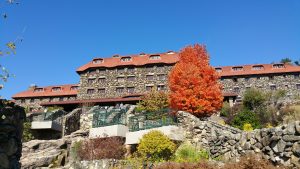
So while their may be other places to appreciate fall foliage, few are as historically significant, or cover so much ground. Slow down, take in the views, and rediscover the pleasures of a Sunday drive. Only don’t go on Sunday during peak leaf season. I have a feeling that would be less than relaxing.
